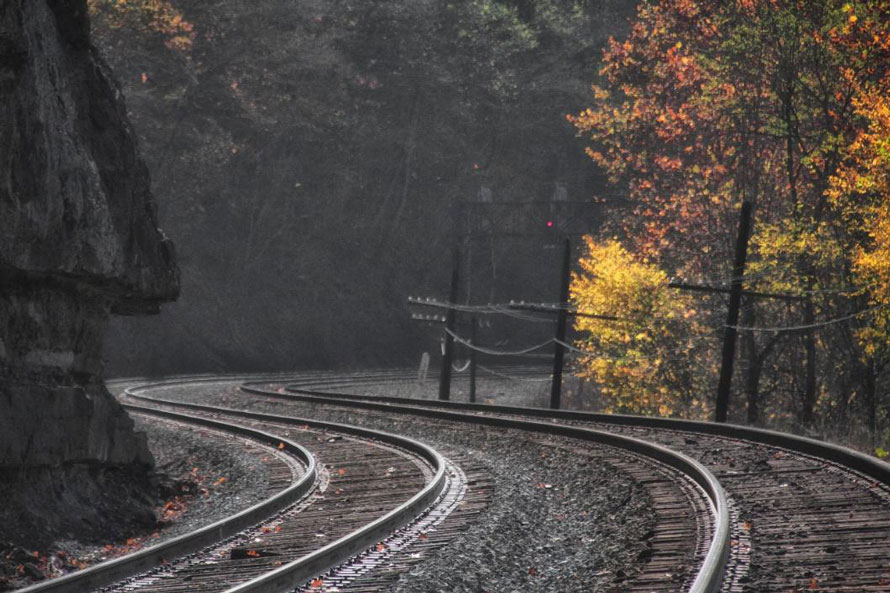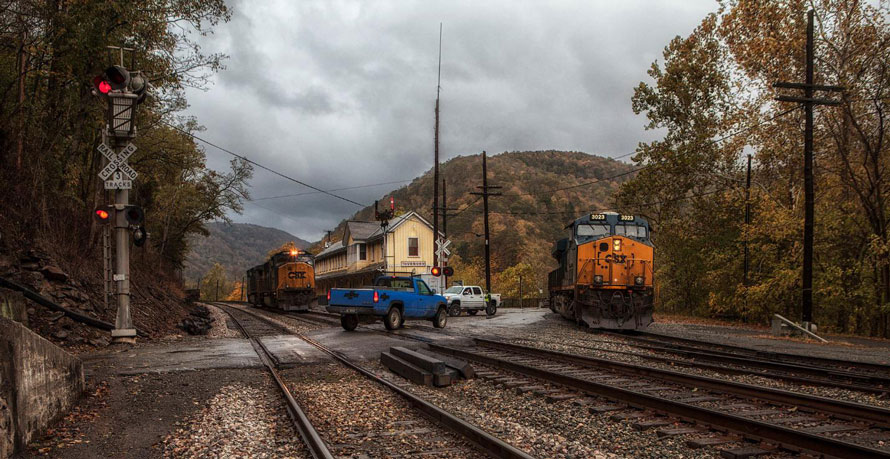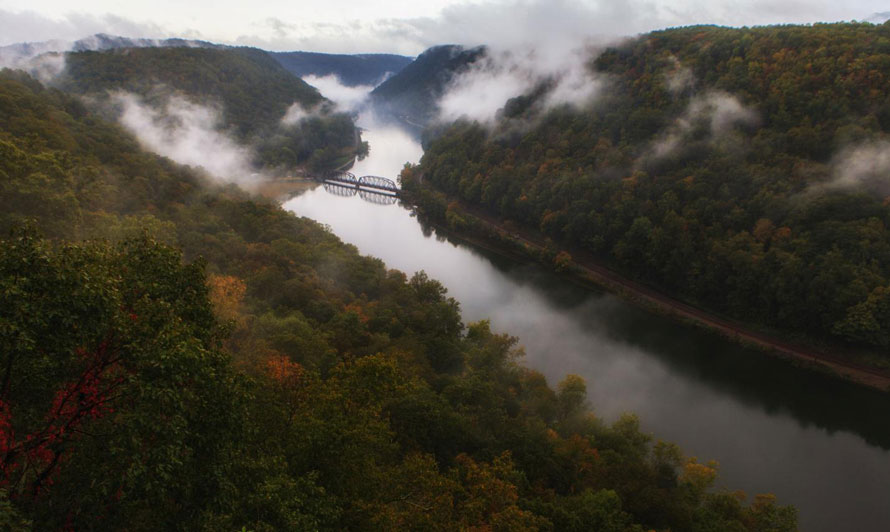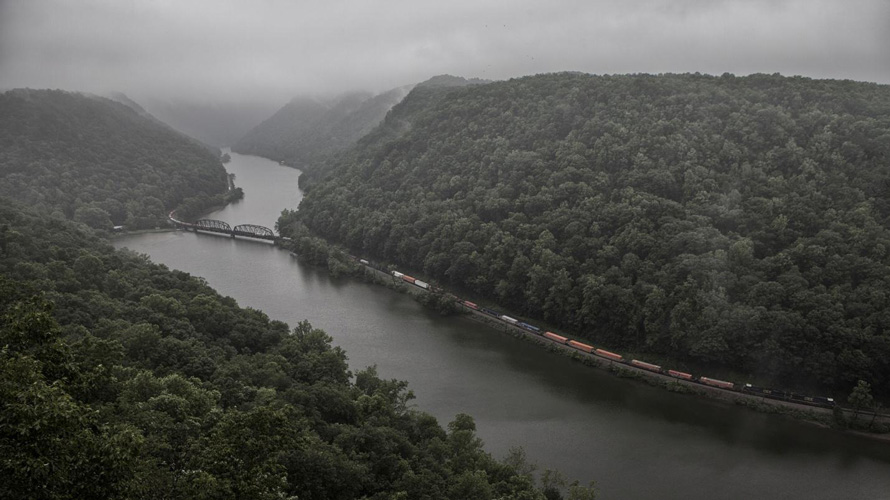Part Six

Across the river from Thurmond, West Virginia, we continue our journey eastward along McKendree Road. After about two miles the road crosses the river at Stone Cliff. After crossing the river the road turns to dirt and gravel. At Stone Cliff camping is permitted and there are rest rooms but no shower facilities or electricity. A footpath from Stone Cliff up along the river is a nice area for spring wildflowers and after about one mile you come to Big Stony Creek which has some nice waterfalls when water flow is up (best time is in spring). I’ve never ventured beyond Big Stony Creek so I don’t know how far the path goes. Read more




